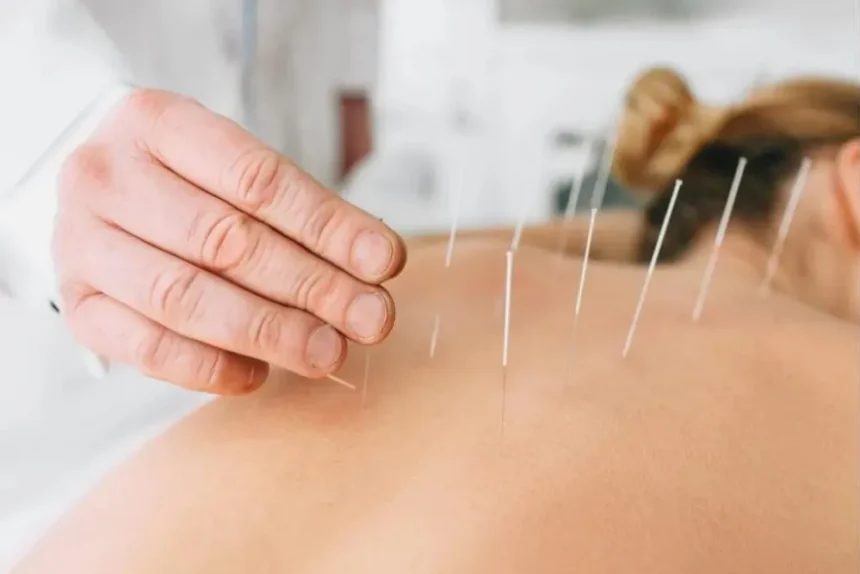Pain management represents a complex field where multiple treatment approaches often work together to provide optimal relief. Many individuals experiencing chronic or acute pain explore acupuncture alongside conventional treatments such as medication, physical therapy, or other therapeutic interventions. Understanding how acupuncture functions and integrates with other pain management strategies can help patients make informed decisions about their care.
What Is Acupuncture?
Acupuncture is a traditional Chinese medicine practice that involves inserting thin, sterile needles into specific points on the body. Practitioners believe these points correspond to pathways of energy flow throughout the body. The practice operates on the principle that stimulating specific points can influence the body’s natural processes. Modern research suggests that needle insertion may trigger the release of endorphins, the body’s natural pain-relieving chemicals, and affect nerve pathways associated with pain transmission.
How Can It Address Pain?
Acupuncture can serve as an adjunctive therapy alongside conventional pain management approaches. Some patients may find that acupuncture sessions allow them to work with their healthcare providers to potentially reduce reliance on pain medications over time. This complementary approach allows patients to explore multiple avenues for pain management while maintaining their prescribed treatment regimens.
Acupuncture sessions may be scheduled around physical therapy appointments to potentially enhance the benefits of both treatments. The combination allows patients to address pain from multiple angles. Acupuncture may target specific pain points while physical therapy focuses on strengthening and mobility improvement.
Chronic pain often creates emotional stress, which can perpetuate the pain cycle. Acupuncture sessions typically take place in calm, quiet environments that can promote relaxation. This stress reduction component may complement other pain management strategies by addressing the psychological aspects of chronic pain alongside physical symptoms.
What Does an Appointment Involve?
Acupuncture appointments typically last around 60 minutes. The process begins with a comprehensive health history review, during which the practitioner asks about current symptoms and lifestyle factors. The acupuncturist conducts a physical examination that may include observing posture, checking the areas experiencing pain, and examining the tongue. These assessments help determine appropriate treatment points and needle placement strategies.
Needle Insertion Process
Treatment involves inserting hair-thin, sterile needles into selected acupoints. Most patients report minimal discomfort during insertion, often describing sensations as slight aching or mild tingling. Needles typically remain in place for 10 to 15 minutes while patients rest quietly. The number of needles used varies based on the treatment plan and individual needs. Some sessions may involve as few as five needles, while others may use twenty, depending on the areas being addressed.
Post-Treatment Care
Following needle removal, practitioners may provide aftercare instructions. Some patients experience immediate relaxation, while others notice gradual changes over several sessions. Treatment frequency varies but often begins with weekly sessions that may be spaced further apart as symptoms improve.
Confer With a Pain Specialist
Acupuncture represents one option within a comprehensive pain management approach. Patients experiencing chronic pain should discuss all treatment options with qualified healthcare providers to develop appropriate care plans. Before beginning acupuncture treatment, consult with a healthcare provider to determine if this complementary therapy aligns with your overall treatment goals.
- How Acupuncture Can Complement Other Forms of Pain Relief
- Understanding the Emotional and Physical Benefits of a Breast Lift
- Toothache or Infection? How to Tell the Difference and What to Do About It
- Hypertension in Women: Symptoms and Management
- How Orthopedic Specialists Tackle Sports Injuries Effectively








